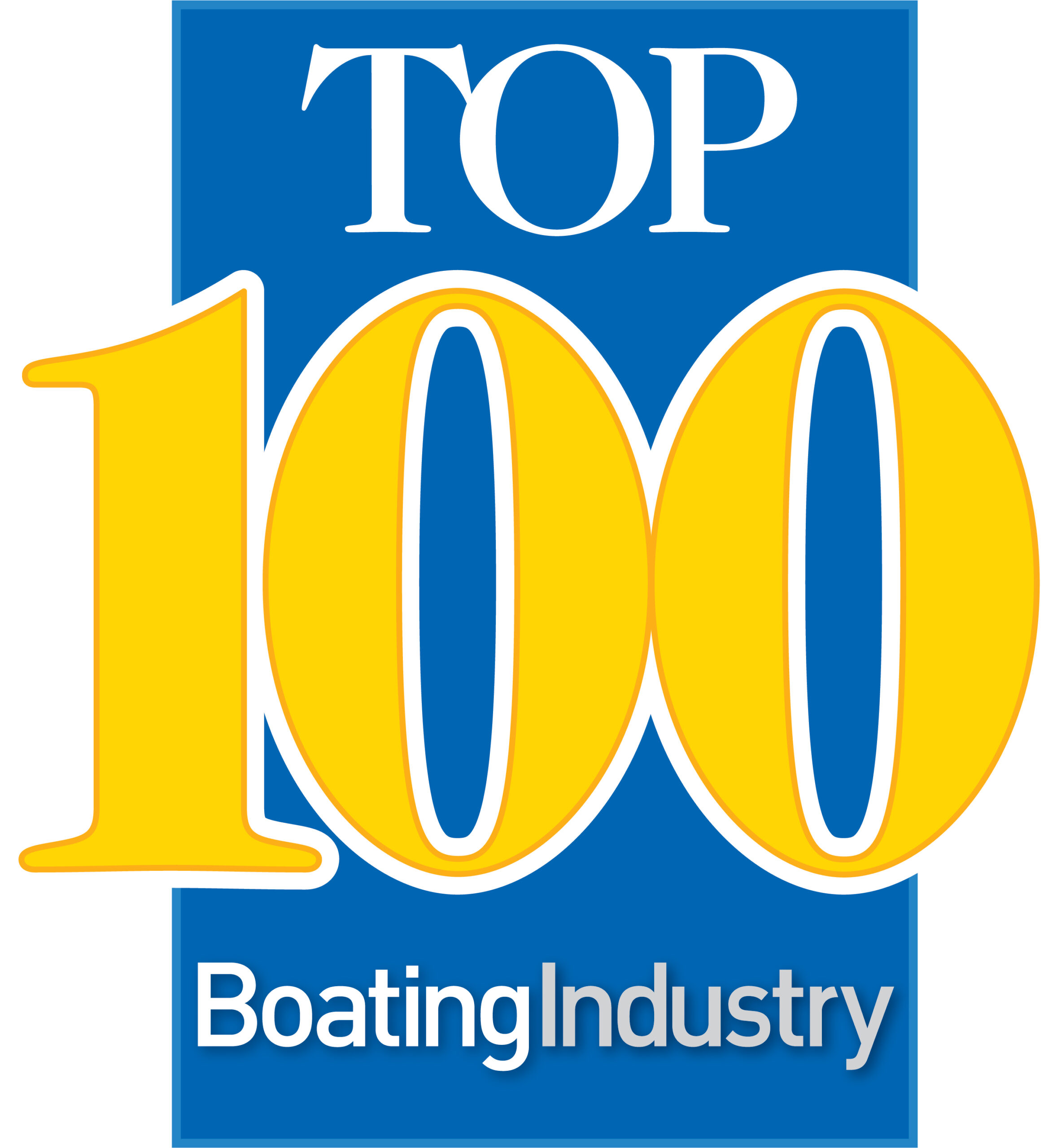What can we learn from the auto debacle?
 Gerard Broshart is one of hundreds of dealers with a glum outlook this morning. He, according to an interview with CNN, was one of the nearly 800 dealers who received a letter from Chrysler yesterday, notifying him that his business must be shuttered by June 9. Today, GM is expected to follow suit by notifying 1,100 “underperforming dealers” that it will not renew their franchise agreements when they expire in 2010.
Gerard Broshart is one of hundreds of dealers with a glum outlook this morning. He, according to an interview with CNN, was one of the nearly 800 dealers who received a letter from Chrysler yesterday, notifying him that his business must be shuttered by June 9. Today, GM is expected to follow suit by notifying 1,100 “underperforming dealers” that it will not renew their franchise agreements when they expire in 2010.
On the one hand, it seems alarming that two companies – by all definitions, two underperforming companies themselves – could make such a sudden, drastic decision that so adversely affects small businesses across the country. But on the other, it seems like an obvious decision, a righting of the wrongs formed over years of overabundance in their distribution networks.
No matter which side of the fence you sit on, though, such decisions only serve to fan the flames of the hotly debated dealer-manufacturer agreements that have been a point of contention, seemingly, since the beginning of time.
I wonder what the marine industry can learn from this news? Chrysler and GM have both complained for years of having too many dealers, and the numbers suggest they’re right. Chrysler said in a bankruptcy filing that Toyota, which has about 1,400 U.S. dealers, sold an average of 1,292 cars and trucks per showroom in 2008, while Chrysler, with more than 3,200 dealers, sold 303 vehicles per showroom.
For years, pundits have claimed that the marine industry has had too many dealers as well with about 5,000 or so dealers serving it. Some suggest there are more than 5,000. But even if we use the 5,000 figure and compare that to the 841,000 units sold in 2007 (the latest numbers available), those dealers averaged 168 units sold. In fact, if the marine industry only had the 3,200 dealers Chrysler has, they would average 263 units sold, or 13-percent fewer units than Chrysler’s 303.
The current economic climate and the state of the marine industry have already purged many dealers (and builders for that matter). When it’s all said and done, will we still have too many dealers for the number of boats we sell? Or will builders need to take steps similar to those at Chrysler and GM?





I agree that there are too many boat dealers, but worse than that, there are WAY too many boat manufacturers. Try comparing the number of boat builders to the number of car makers.
Great post and great topic!
However, what seems to be missing is the fact that unlike the auto
industry, a manufacturer usually only has one dealership within a city
so that there is limited competition between the same brands. A certain
brand auto dealer can be found numerous times within city blocks in some
parts of the country. This only drives margins and profitability down.
In the entire story about Chrysler it was never mentioned that 40
dealers a month are going out of business, so their dealer network is
shrinking naturally. Of the 800+ dealers canceled, up to 400 of them
had lost their floor plan due to financial issues, so they were slowly
going out of business anyway. Many of the dealers that lost a line
still have other brands which they carry and the lost brand may only
represent 10-12% of their total sales. By losing the brand, they can
focus their efforts on the other brands like Ford, which will allow them
to increase market share and profitability at their dealership.
Furthermore, many of the dealers that were terminated had a better used
car sales than new.
As for the rest of the dealerships, they were cut due to poor CSI and
poor market share. To lose these dealers is not an issue, as they were
not helping anyone.
Under performing CSI dealers drive down a brand and ultimately can
affect re-purchase intentions. Low market share in a market with others
could mean several things, but ultimately low market share is driving
costs down. Now, if the dealership was only doing 200 cars, that is 200
more cars the other dealership can do, thus contributing more to
employee training, better prices for customers, floor plan discounts and
contributions to the local economy could increase.
In the marine industry, if dealers are eliminated, there will only be so
many dealers to sell certain lines, which could be a good thing.
However now a dealer becomes a multi line dealer, but their floor plan
does not increase. Does this benefit anyone? We will slowly see
manufacturers go out of business, which some say there are too many
anyway. Certain markets would not have brand representation, while
other brands would flourish.
The retail customer may take it on the chin, as they will have to drive
for the boat of their dreams, may not get good service when it is needed
and they will have to pay higher margins for their boats, thus they may
exit the market all together because we have created a problem for them.
The number of dealers canceled may sound big, but in the end, it is not
as large as it could potentially have been. Now, a dealer that has made
the cut can become more profitable; hire the employees of the
dealerships that may close, advertise more and better support their
local economies and communities. The same could be said about the
marine industry.
There is no question that there are too many marine manufacturers and dealers out there right now. In fact there have been too many out there for some time. That has led, to some degree, to the low profit margins for dealers that have too many conpetitors in their market area. We will lose some of those dealers due to attrition, however the real question is will the manufacturers go out and sign up more dealers when sales improve or will they do the right thing and allow the dealers who survived to split up the new sales and improve their profitability? If past behavior is a predictor of the future they will sign up more dealers and that will be a huge mistake and will strongly suggest that we do not learn from our past actions.
Matt, you’re right. There are too many boat and yacht dealers out there. But that is not going to change, as long as manufacturers can generate cash flow by pumping product out and moving it onto some dealer’s floorplan. Remember, when that happens, even though the unit is not yet sold to a consumer, the manufacturer gets paid (by a combination of dealer down payment and floorplan lender money)for his product.
Oh sure, the manufacturer generally has some commitment to the floorplan lender to take bank foreclosed inventory, but hey, that’s a contingent future problem to be worried about some time in the future, not now. Well, the future is now here. Which is why the boat manufacturing distribution network is in melt-down.
I don’t pretend to have a solution to offer. And what follows is not intended to be either business or legal advice. But how about a potential interim tactic. Got a dealership under pressure? Tell the floorplan lender and the manufacturer to take back the (collateral) inventory. If enough dealers do that, it will get their attention.
The manufacturers have always worked to convince dealers that the dealers need the manufacturers in order to survive. If fact, it’s probably much more the other way ’round. As a dealer, you can get other lines. But if manufacturers have to swallow a mountain of foreclosed inventory, and if floorplan lenders have to accept the hugely discounted recovery available, then maybe they’ll think about working cooperatively with dealers and dealer networks to find an exit path through this quagmire.